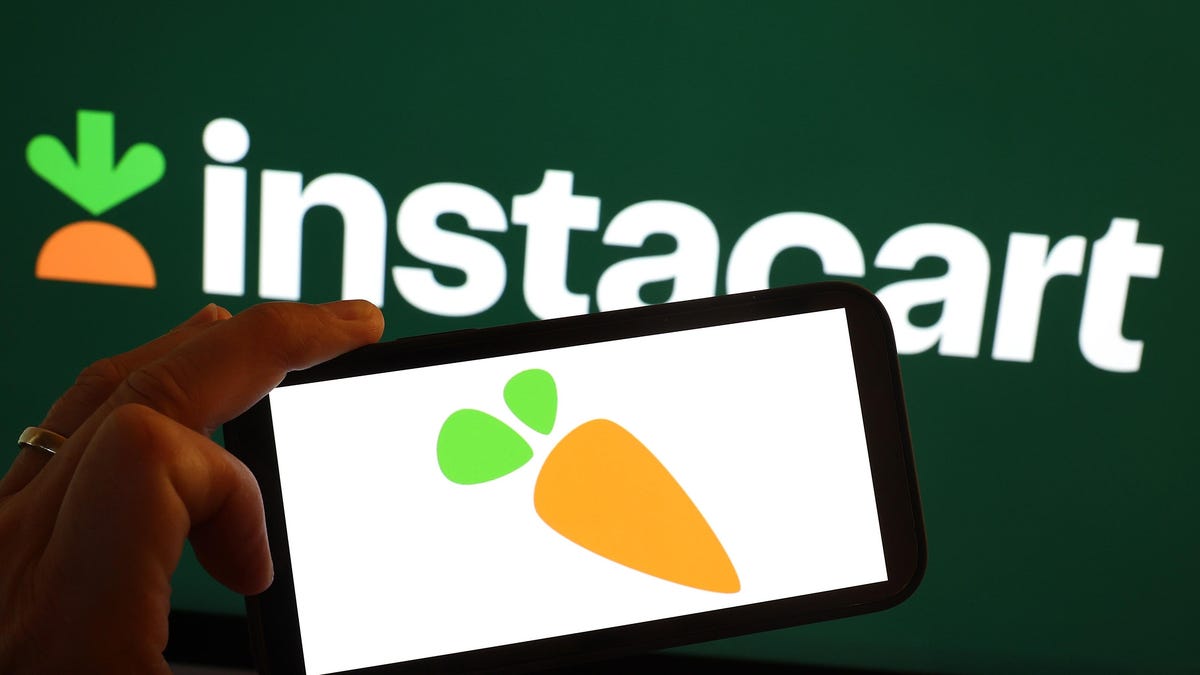Instacart, the popular grocery-delivery company, made its debut on the Nasdaq stock exchange on September 19, listing at $30 per share under the ticker symbol CART. During early trading, the stock rose to $42. Although Instacart’s IPO valued the company at $10 billion, this was a significant drop from its $39 billion valuation in 2019. However, unlike its gig-economy counterparts Uber and DoorDash, Instacart went public as a profitable company. This article explores how Instacart achieved profitability and the challenges the company faces in relation to its gig workers.
According to Instacart’s S-1 filing, the company has recorded consecutive quarters of profit since June 2022, but the rate of profit growth has slowed in recent months. One key factor in achieving profitability has been Instacart’s move into the advertising business in 2017. Last year, advertising revenue grew by almost 30%, while revenue from grocery orders increased by 18%.
Another significant contributor to Instacart’s profitability has been the reduction of labor costs. However, the company acknowledges in its S-1 filing that its relationship with gig workers could pose a threat to future growth. Instacart relies on around 600,000 “shoppers,” who assemble and deliver orders. Most of these shoppers are independent contractors, known as full-service shoppers, who are paid per batch. The company increased the minimum batch payment from $3 to $7-10 for full-service batches and $5 for delivery-only batches in February 2019. However, the minimum pay for small batches has recently been reduced to $4. Complex batches, such as large business deliveries, pay $10 or more, in addition to tips. Instacart provides shoppers with details about batches upfront, including items, distance, potential earnings, and estimated tips.
Despite these efforts, Instacart acknowledges in its S-1 filing that maintaining a positive relationship with gig workers is crucial. Dissatisfaction with earnings potential, changes to the pay model, and other factors could result in a decline or fluctuation in the number of shoppers on the platform. As a thin-margin business, Instacart, along with other gig-work companies, is sensitive to labor costs. In 2019, these companies lobbied against a California law that would have reclassified gig workers as employees. However, New York City recently passed a minimum wage for delivery app workers, potentially influencing future regulations.
The pay cuts have led to dissatisfaction among some Instacart shoppers, resulting in protests and strikes. Some workers have even left the platform altogether. Gig work poses challenges for both employees and companies, as workers can easily stop working when they become dissatisfied, causing a labor shortage.
Denial of responsibility! Vigour Times is an automatic aggregator of Global media. In each content, the hyperlink to the primary source is specified. All trademarks belong to their rightful owners, and all materials to their authors. For any complaint, please reach us at – [email protected]. We will take necessary action within 24 hours.


